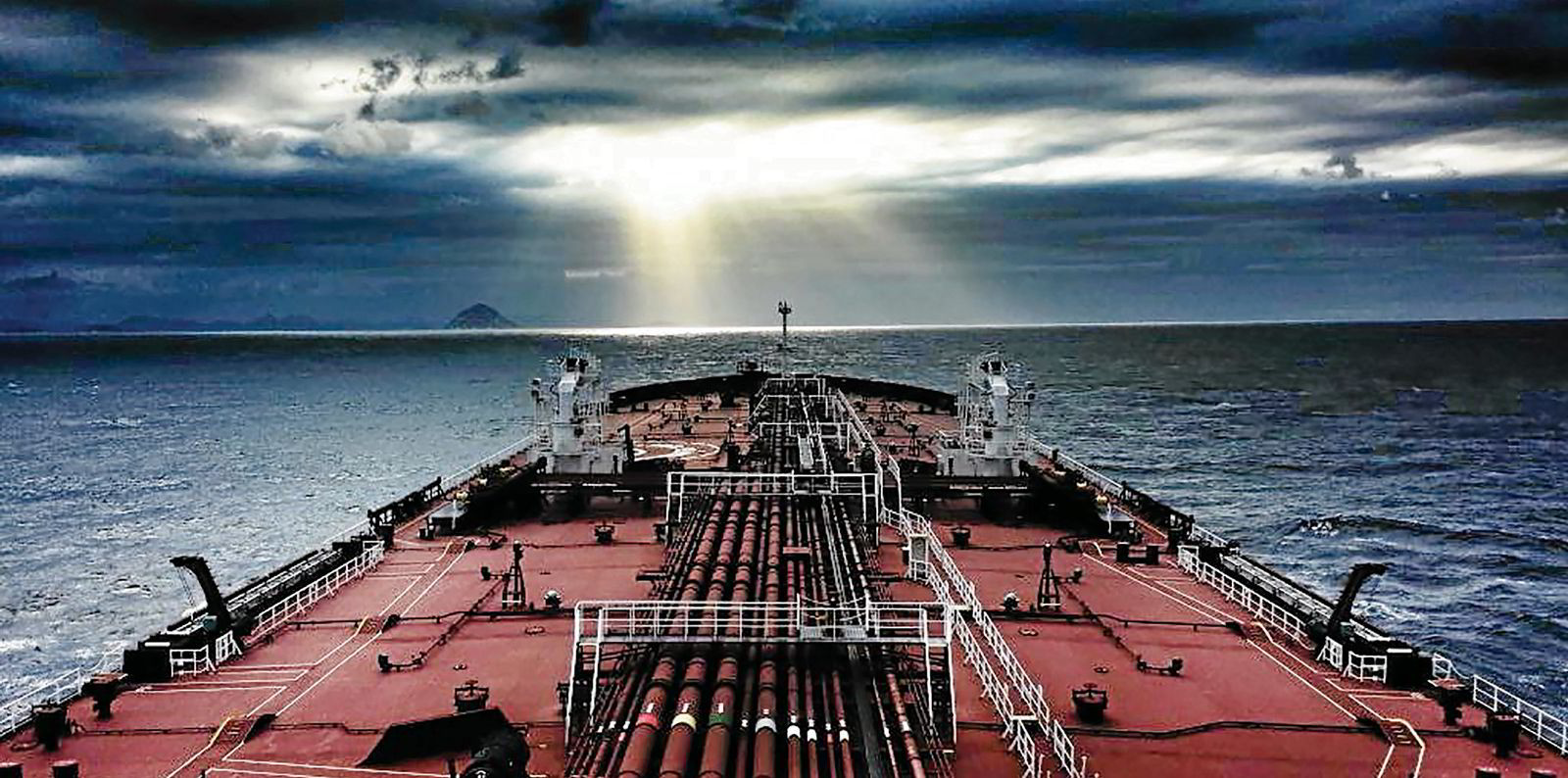The Admiralty Court in London has found a handysize bulker mainly responsible for a serious collision involving an Awilco LNG carrier off Singapore in 2019.
This is despite an admission from the gas vessel’s master immediately after the incident that “we f***ed up”.
Norway’s Awilco LNG has always maintained that its 156,000-cbm WilForce (built 2013) was struck by the 39,300-dwt newly built open-hatch bulker Western Moscow (built 2019). The gas carrier, which was in ballast, spent months under repair.
Judge Sir Nigel Teare has now ruled that the bulker, owned by Ratu Shipping and on its maiden voyage, is liable for 75% of the £14m ($17.6m) damage costs.
The judgment includes a transcript of conversations between the vessels and Singapore’s vessel traffic information system (VTIS).
As a collision became more of a possibility, VTIS said to the Wilforce: “Take early action eh. Keep lookout. You’ve this Western Moscow. Starboard bow, going to the westbound traffic lane.”
The Awilco LNG master replied: “But I cannot stop ship now. I cannot slow down now. It’s going now very quick. I am very close to him now and I’ve this towing system here. I cannot ... I am slowing down ... but it’s crazy.”
The captain then told the Western Moscow: “We are going to crash. Go to starboard now.”
But the port bow of the bulker struck the port side of the Wilforce at an angle of about 50 degrees.
After the collision, the master of the Wilforce said on the bridge: “We f***ed up.” But he also blamed the Western Moscow, saying it “did not turn”.
‘Very poor’ bulker lookout
Teare said the lookout on board the Western Moscow was “very poor”.
“Given that Western Moscow was navigating within the southern part of the Precautionary Area and intent on joining the westbound traffic lane, this poor lookout was particularly blameworthy,” the judge added.
The failure of the Wilforce to reduce speed substantially was the result not of a poor lookout but of the vessel’s failure to comply with the local rule requiring it to be in a state of “maximum manoeuvring readiness”, the judgment said.
This breach of Rule 6 of the Collision Regulations was particularly blameworthy because the Wilforce was approaching the Precautionary Area.
So each vessel breached an important obligation, the one to keep a good lookout and the other to proceed at a safe speed, the judge ruled.
The Western Moscow’s poor lookout was especially striking because the bulker was turning to port on to a westerly heading in the southern half of the Precautionary Area towards a vessel proceeding easterly in the southern half of the Precautionary Area where eastbound vessels would be expected.
By contrast, Wilforce appreciated the risk of collision because the vessel was keeping a good lookout, Teare found.
The LNG ship’s fault lay in the reaction to the risk of collision created by the bulker, although the Wilforce’s ability to react was limited by its own prior fault regarding speed.(Copyright)






